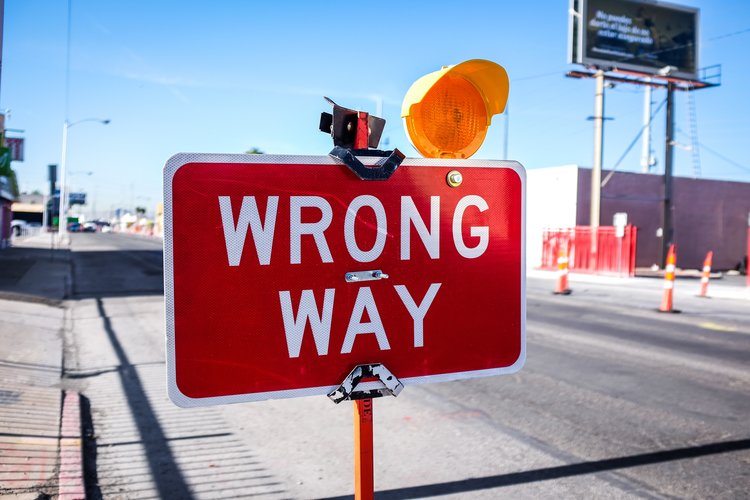Over the next four minutes, I’m going to lead you through the process I go through when I’m choosing a behavior for a behavior-change project.
I’ll keep things high level since a full explanation would take thousands of words (and would be incredibly boring to most of you).
With that said, let’s get going.
Step 1: Determine your outcome
We do everything for a reason.
We go to the store to get food so we can survive.
We lift weights to make ourselves look more attractive.
We go running to lose weight.
We read books to make more money (and so that we can talk about intelligent things to other people).
Every behavior-change project has a purpose, an end-outcome you desire. It could be higher retention for an app you’ve created. It could be weight-loss for a group of clients you’re working with (or yourself). And so on…
Write out your goal–your outcome.
That’s step 1.
Step 2: Write out all the ways you can achieve your outcome
In this step, you’re going to write out all the different behaviors that can lead to the outcome you want.
Let’s say that you’re the owner of a local grocery store. You want to increase the sales in your store. Dozens, even hundreds, of behaviors can lead to that outcome. Here are a few examples:
-
urchasing produce
-
Purchasing meat & fish (high priced items)
-
Filling a prescription at the grocery’s pharmacy
-
Adding an item to one’s basket at checkout
-
Visiting the store (more often)
-
Etc.
Write out as many as you can think of. We’re going to sort and filter this list in the next step…
Step 3: Score each of the behaviors you wrote out
To do this, I like to use the following rubric. I call it The SEA (catchy, right?). Simple. Enjoyable. Attractive.
1. How simple is the behavior?
2. How enjoyable is the behavior?
3. How attractive is the behavior?
Take all the different behaviors you wrote out in step 3 and come up with a SEA score for them.
Step 4: Pick the behavior with the highest score… and simplify it more!
This step is fairly self-explanatory. Pick the behavior with the highest score… then figure out how to make it even simpler. Figure out the smallest, easy-to-do version of the behavior.
For example, let’s say that “adding an item to one’s basket at checkout” was the top-rated behavior.
What’s the simplest, smallest version of that behavior?
It’s probably something like “grabbing a pack of gum” or “grabbing a magazine”–adding a low priced, small item to your cart.
Does that make sense?
That’s the basic process.
In step 3, the scoring section, there’s a lot of work that you should do to research and analyze the target person (or group) that you’re designing for. After all, a behavior that is enjoyable and attractive to a 75 year old retired truck driver is probably going to seem weird or lame to a 15 year old girl.
Thus, your scores should be based on an in-depth understanding of the people you’re designing for–their personalities, their behaviors, etc.
That’s an extensive process that I’m not going to go into in this email.
Just realize that step 3 is where most of the magic happens.





